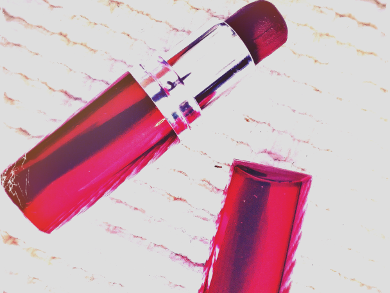Many current methods to remove lipstick samples from crime scenes and analyze their chemical constituents involve difficult or expensive steps such as a tedious lipstick removal process or examination of samples by Raman spectroscopy or X-ray diffraction. So in real life, forensic analyses are not nearly as fast or straightforward as in common forensic TV shows.
Brian Bellott, Bethany Esterlen, and colleagues, Western Illinois University, Macomb, IL, USA, have developed an improved method for extracting and separating lipstick samples from different surfaces and for analysing them. The team chose 40 lipsticks and made marks with them on paper to simulate finding smears at the scene of a crime.
They then added petroleum to remove most of the oils and waxes. By adding a methanol-ammonium hydroxide mixture they dissolved dyes and extracted any remaining residue. Different brands of lipsticks have unique compositions of organic molecules. To avoid analysis methods that involve complex training, the researchers tested different chromatography methodes. They found the best results by comparing spectra of crime scene lipstick from gas chromatography (GC) to those of known lipsticks, which are compiled in a database.
This quick and efficient method, from sample gathering to analysis, can be adopted by forensic labs as-is. However, the team is working on extending their lipstick library of so far 40 brands and looking for ways to make the method easier and more robust.
- Presented at the 251st National Meeting & Exposition of the American Chemical Society (ACS) in San Diego, CA, USA
Video on the research
- More on the ACS meeting In San Diego, CA, USA




